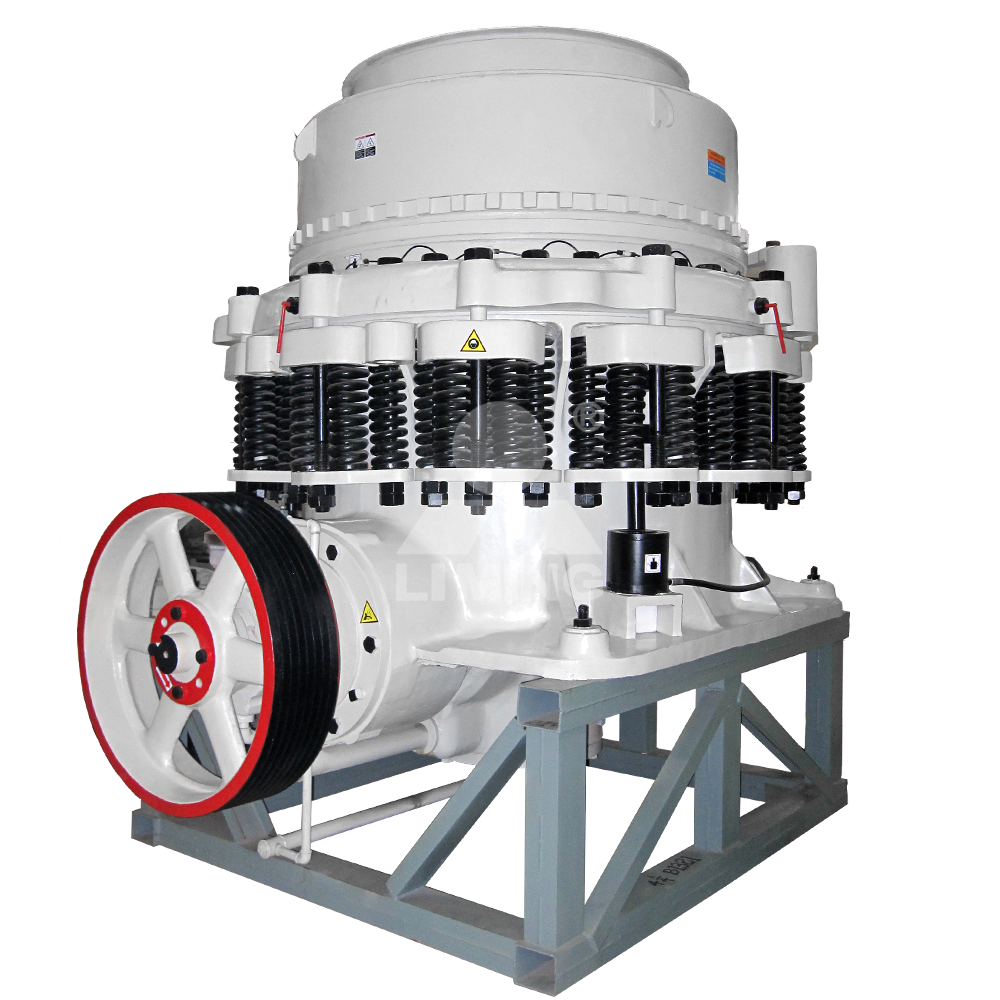jaw crusher nip angle
# Understanding the Importance of Nip Angle in Jaw Crushers
## Introduction to Jaw Crusher Mechanics
The jaw crusher is one of the most fundamental pieces of equipment in mineral processing and aggregate production. Its operation relies on compressive forces between two jaw plates - one stationary (fixed jaw) and one moving (swing jaw). Among the critical design parameters affecting crusher performance, the nip angle stands out as particularly significant.
## Defining Nip Angle
The nip angle refers to the angle formed between the movable and fixed jaw plates at their closest approach point (the crushing chamber's narrowest section). Mathematically, it's calculated as:.jpg)
Nip Angle (α) = arctan[(gap at closed side setting)/(throw)] + arctan[(gap at open side setting)/(throw)]
Where:
- Gap = distance between jaws at respective positions
- Throw = maximum travel of the movable jaw
## Optimal Nip Angle Range
For efficient operation:
- Ideal range: Typically 22°-28°
- Maximum allowable: Generally shouldn't exceed 32°
Factors influencing optimal nip angle include:
1. Material characteristics (hardness, abrasiveness)
2. Feed size distribution
3. Desired product size
4. Crusher design parameters
## Consequences of Improper Nip Angles
Excessive Nip Angle (>32°):
- Increased likelihood of material slipping upward ("riding")
- Reduced throughput capacity
- Potential for accelerated wear on upper jaw plates
- Higher energy consumption per ton processed
Insufficient Nip Angle (<22°):
- Inadequate gripping action on feed material
- Possible reduction in crushing efficiency
- May require smaller feed sizes than necessary
## Practical Considerations for Operators
1. Material Flow: Proper nip angle ensures material progresses downward through the crushing chamber without excessive vertical movement.
2. Wear Patterns: Monitor wear liners regularly as excessive wear can effectively change the nip angle over time.
3. Feed Characteristics: Sticky or wet materials may require adjustments to compensate for different friction coefficients.
4. Capacity vs. Reduction Ratio: Finding balance between production rate and desired product size often involves nip angle optimization.
## Technical Innovations Related to Nip Angle Control
Modern jaw crushers incorporate several features to maintain optimal nip angles:
- Hydraulic adjustment systems
- Computerized control algorithms
- Wear-compensation mechanisms
- Curved jaw plate designs that maintain effective angles throughout liner life
## Conclusion
Proper understanding and management of the nip angle is essential for maximizing
